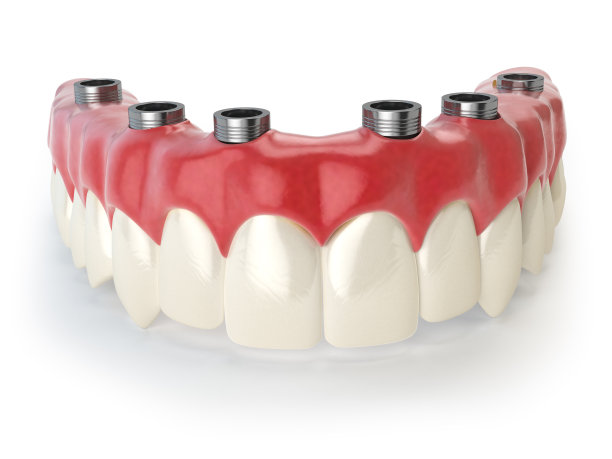Essential Precautions to Ensure a Successful Root Canal Treatment and Minimize Potential Complications During the Procedure
Summary: Root canal treatment is a crucial dental procedure aimed at preserving infected teeth while relieving pain. Success in this treatment relies on a multitude of factors, including proper diagnosis, effective sterilization, and thorough post-treatment care. This article delves into essential precautions to ensure a successful root canal, highlighting the importance of pre-procedural assessments, advanced techniques, equipment sterilization, and patient aftercare. By addressing these areas, practitioners can significantly minimize complications and enhance the overall success rate, leading to a better patient experience and long-lasting dental health.
1. Importance of Accurate Diagnosis and Assessment

Before commencing a root canal treatment, an accurate diagnosis is vital. Dentists should utilize various diagnostic tools, including X-rays, to assess the extent of infection and to understand the anatomical structure of the tooth. This information enables the dental professional to make informed decisions throughout the treatment process.
Additionally, understanding the patient’s medical history is crucial. Allergies to anesthesia or past complications during dental procedures should be documented meticulously. This enables the dentist to tailor the treatment plan in a way that addresses any specific concerns related to the patients health.
Furthermore, a thorough assessment of the tooths condition, including pulp vitality and surrounding issues, helps in determining the appropriate technique for the root canal treatment. This comprehensive understanding lays the foundation for a successful procedure and minimizes the chances of complications.
2. Utilizing Advanced Techniques and Technologies
Modern dentistry has witnessed significant advancements in techniques and technologies that facilitate a smoother root canal treatment. One such advancement is the use of digital imaging, which provides a more detailed view of the tooth’s internal structure compared to traditional X-rays. This aids in accurate cleaning and shaping of the root canal system.
Another crucial technology is the use of rotary endodontic instruments. These instruments enhance the efficiency of canal cleaning and shaping, leading to improved outcomes when used properly. The advantage of rotary systems lies in their ability to minimize the risk of instrument separation within the canal.
Laser therapy is also becoming increasingly popular in root canal treatments. Lasers can assist in disinfection and help in the thorough removal of infected pulp tissue. By incorporating these advanced technologies, practitioners can not only achieve better results but also provide patients with a more comfortable experience, thus minimizing anxiety and complications during the procedure.
3. Ensuring Proper Equipment Sterilization
One overlooked aspect of root canal treatment is the need for complete sterilization of tools and equipment. Contamination during the procedure can lead to infections and additional complications. Dentists must adhere to strict infection control protocols, which include the use of autoclaves and proper handling techniques.
Single-use equipment should be utilized wherever possible to minimize the risk of contamination. For items that are reusable, thorough cleaning and sterilization must be performed to ensure that no pathogens remain on the tools. This precaution is essential not only for the safety of the patient but also for the dental staff.
Moreover, the treatment environment must be carefully managed. The dental office should maintain high standards of cleanliness, and staff should employ personal protective equipment (PPE) during procedures. By implementing rigorous sterilization practices, dental professionals can significantly reduce the risk of complications associated with root canal treatments.
4. Emphasizing Post-Treatment Care and Follow-Up
Post-treatment care is just as critical as the procedure itself. After a root canal, patients should receive clear instructions regarding pain management, activity restrictions, and dietary considerations. This guidance helps in mitigating discomfort and promoting healing during recovery.
Follow-up appointments should be scheduled to monitor the healing process. These visits are essential for identifying any unforeseen complications early on. They also provide an opportunity for patients to address any concerns they may have about their recovery.
Lastly, educating patients about the importance of oral hygiene following their treatment can greatly impact long-term outcomes. Good dental hygiene practices ensure that the treated tooth remains free from future infections, thereby safeguarding its functionality for years to come.
Summary:
In summary, several essential precautions can enhance the success of root canal treatments while minimizing potential complications. An accurate diagnosis, employing advanced techniques, ensuring sterilization, and focusing on post-treatment care all play pivotal roles in this process. By addressing each of these areas comprehensively, dental practitioners can provide the best outcomes for their patients, ensuring both comfort and health.
This article is compiled by Vickong Dental and the content is for reference only


